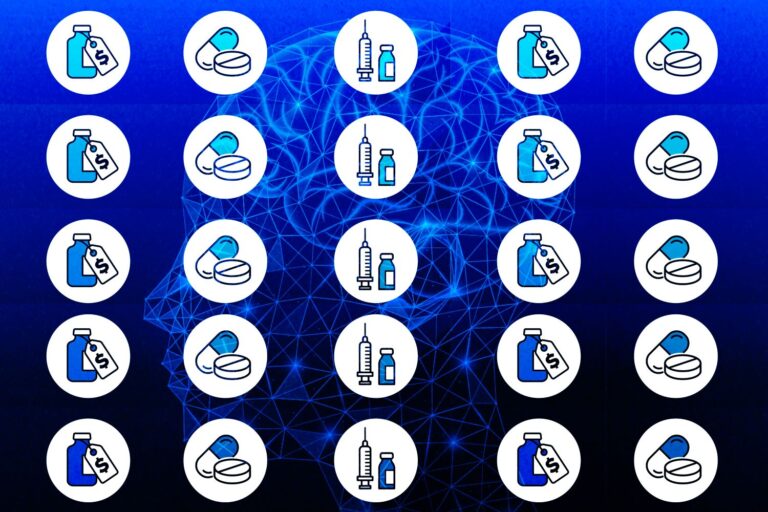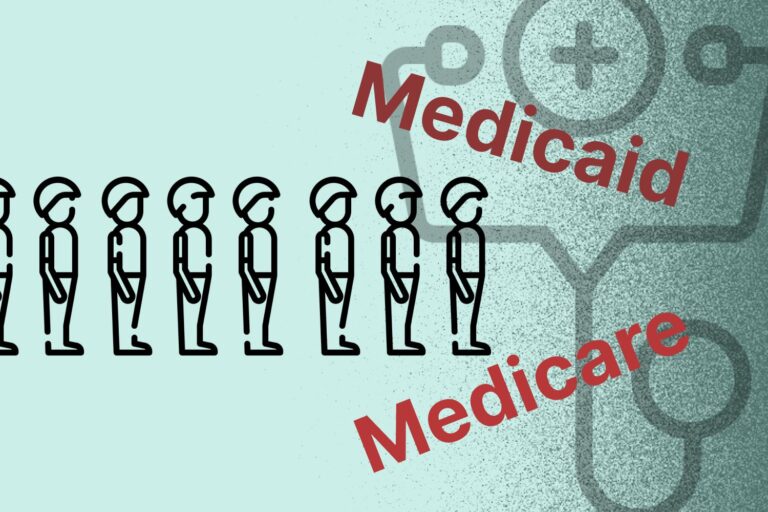LifePoint Health: Winning Strategies to Flourishingly Come Out of The Pandemic
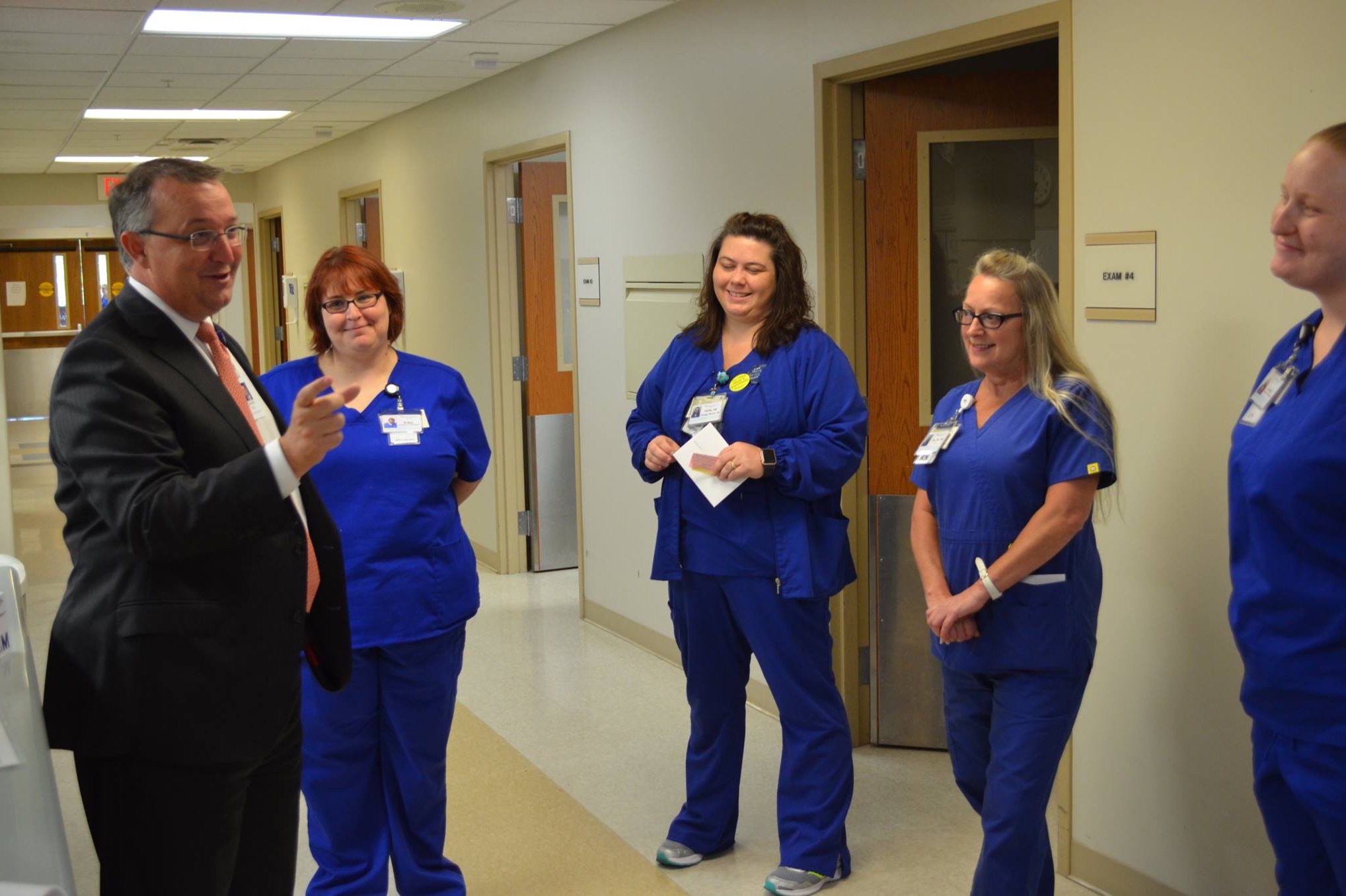
Founded in 1999, LifePoint Health is a healthcare organization dedicated to its singular mission of making communities healthier, which has now grown into a large national system of 89 hospitals. It serves across 29 states and focuses largely on nonurban, growing communities and small towns. Through its subsidiaries, the company provides inpatient, outpatient, and post-acute services close to home. When the pandemic broke out, like every other organization, it was more or less affected and was forced to find ways to adapt and grow.
By implementing system-wide sharing of supplies and staff, building partnerships, relying on the culture, as well as instituting quality initiatives, utilizing marketing strategies, and making effort to take care of employees, the company was able to move resources to where they were needed most while ensuring consistent, high standards of care across the nation. Let’s dive in to see and learn how LifePoint was so well-equipped to persevere through the worst of the pandemic.
Main Drivers for Remaining Successful during the Pandemic
“We like to think of ourselves as the leader in the delivery of community-based healthcare,” said David Dill, CEO of LifePoint Health. “Community hospitals are such an important part of the backbone of the delivery system and it’s never been more obvious than what we have lived through over the course of the last year,” he stated.
When it comes to the noteworthy lessons he has learned from the pandemic, Dill shares how being a national health system, having a strong organizational culture, and maintaining ongoing partnerships were some of the main drivers that successfully guided LifePoint through such a difficult period of time.
#1. Being a Well-Connected System
The first lesson he highlights is the benefits of being a large well-connected system as they know how to rely on each other through the crisis. To Dill, having a centralized operational function is vital and proved critical to the company’s responses, that’s something unique about LifePoint. “One of the benefits of our company, and one of the strengths that we add to the communities that we serve, is we’re a system. We have insights and we have scale across states,” he said.
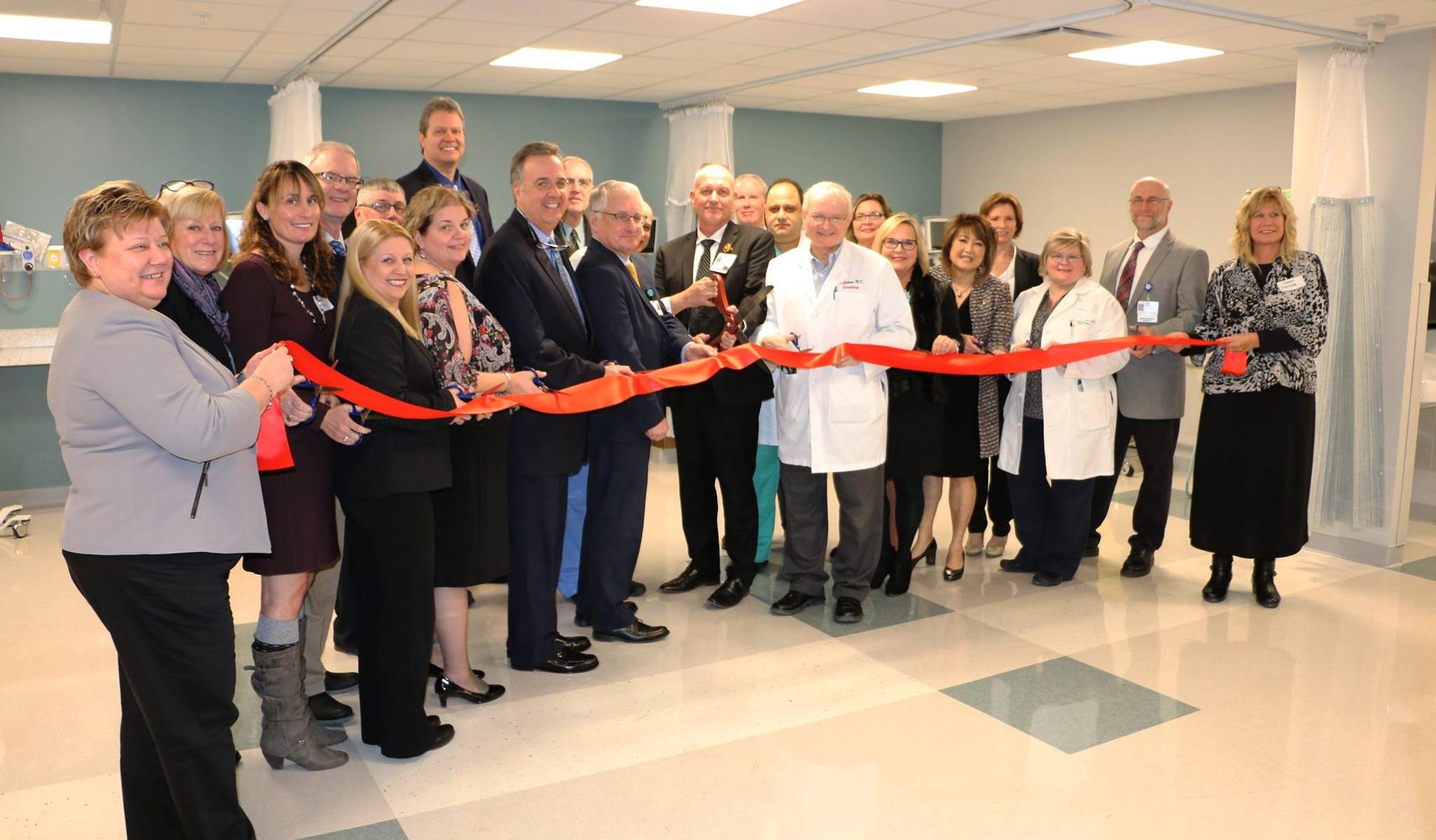
As he explained, the system had some hospitals early on serving very few patients, while there’s a couple of hotspots which was overwhelming so the company saw a need for an ample supply chain, which involves creating new warehouses and moving equipment between different states and different facilities. Finding it’s hard to take care of patients without nurses and skilled technicians in the right place at the right time, the company also strategically moves staff around.
#2. Relying on Partnerships
The importance of partnerships is the second lesson to Dill, and to LifePoint in general. “I cannot overemphasize how important partnerships are to our company. As evidence and research were changing, we were in constant contact with our partners to help take the most relevant and useful information, distill it in a manner and disseminate it out to our hospitals. That reliance on and importance of partnerships was emphasized throughout the pandemic,” he said.
According to Dill, the company continues to extend the mission and the footprint through its partnerships, joint ventures, and additional hospitals being added to the system in the near future. In order to explore the full potential, a company has to make sure to look for partners who would complement its focus. For healthcare companies specifically, there’s a need to seek out partnerships that will help achieve the best outcome.
#3. Having a Strong Culture
Last but not least, the third lesson was the importance of culture. Focused on protecting its patients and people, the company has shared mission, vision, values, and guiding principles became a unifier during the pandemic. In the case of LifePoint, its culture not only directed it to today’s place but will be what leads them out of the ongoing pandemic.
Dill attributesLifePoint’s success to strong company culture. In his viewpoint, a crisis either exposes the culture of the company or culture gets the company through it, and for LifePoint, the latter has been true. “The mission statement and the culture of an organization will either get you through tough times, or it will be exposed in tough times,” he said.
Keeping the Focus on Quality across Facilities
The pandemic has affected the quality initiatives across LifePoint facilities in many ways. However, Dill feels extremely proud that the company was able to not only maintain its quality agenda and the quality improvements but it was also able to advance those. To him, the pandemic was a big pivot for them and took a significant amount of their time, but there’s still quality to be delivered.
“Providing quality care at the bedside is our top priority and we have a strong foundation in a culture of quality and patient safety. Our quality program has a strong foundation that we can build on. Through that continued focus on quality using the lens of our National Quality Program, we were able to advance that agenda even in the face of the pandemic. Our ability to maintain the improvement has reinforced the importance of standardization and evidence-based care,” said Dill.
Looking back, Dill shows a bit of regret as they could have moved quicker in some of these areas. Nevertheless, they have made a lot of progress and will continue to make more progress. It’s vitally important that we create more standardization and evidence-based care as they move forward.
The company’s National Quality Program is the framework used to ensure consistent, high standards of quality and care across the organization. The program focuses on three fundamental priorities including leadership that empowers people, proven systems of performance improvement, and an organization-wide culture of safety. It utilizes both qualitative and quantitative measures to create a more complete picture of quality care and patient safety.
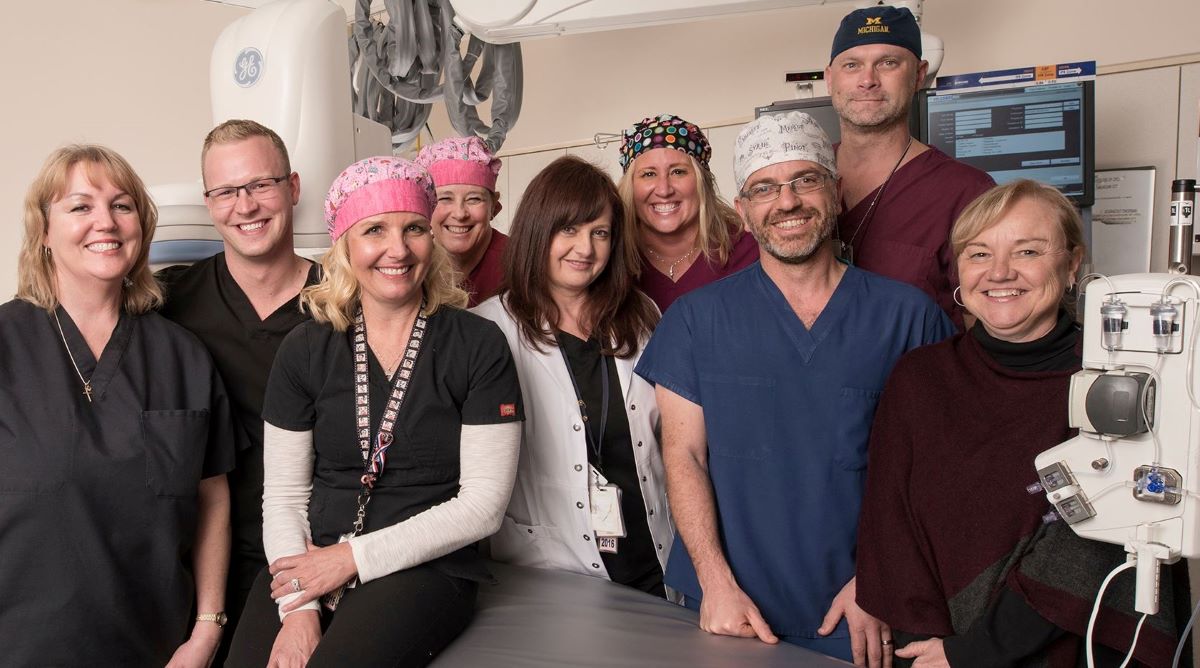
“That’s important. It’s not just a hospital in a certain geographic area, but at a nationwide scale. While our tactics may evolve as new evidence and leading practices emerge, we can use that framework to spread out that knowledge at scale and implement it.” Dill said.
Utilizing Marketing Strategies to Recognize Brand Professionals
“From an organizational perspective, we have a lot of different strategies, both from a marketing and communication standpoint, in terms of providing support to our staff and making sure that we help them through this challenging time,” said Kathy Winn, vice president of strategic marketing at LifePoint.
There are some operational strategies that LifePoint implemented on the backside to support its employees every day, but what was found to be most impactful and meaningful is the local community support. The company has done everything from food donations, mask donations to parades, prayer services in the parking lots, and many others. Surprisingly, the communities have found ways to help support the company’s team members across the country.
“Our impact right now is to help our marketing teams in the field to amplify those voices. It’s also sharing those good messages across the entire organization. We’re an incredibly large and complex organization, but we have a great network through our leadership and through our markets, so sharing those opportunities to celebrate wins is impactful and important at this point, and that’s what our role is during this time,” said Winn.
In her position, one-on-one engagement with consumers is an exciting opportunity from a marketing standpoint. Talking to individuals about what is important to them in the right messaging, in the right tone, and in the right vehicle is an opportunity that they have been constantly driving for.
“From a digital health perspective, that’s been a big focus for us. Innovation and strategy are part of our organization’s core pillars to try to find new ways to engage with patients and remove barriers to access care. We have some exciting new partnerships that we’ve announced recently related to patient care,” Winn added.
LifePoint is looking for ways to build on each of its existing technology-driven advancements It’s all in the way that the company messages, educates, and engages its consumers around digital strategies. “Everything from telehealth to online scheduling, to remote patient monitoring, to texting and engaging with patients in the way that they want to be engaged with. We’re going to continue to see incredible advancements in that space within the walls of LifePoint,” Winn explained.
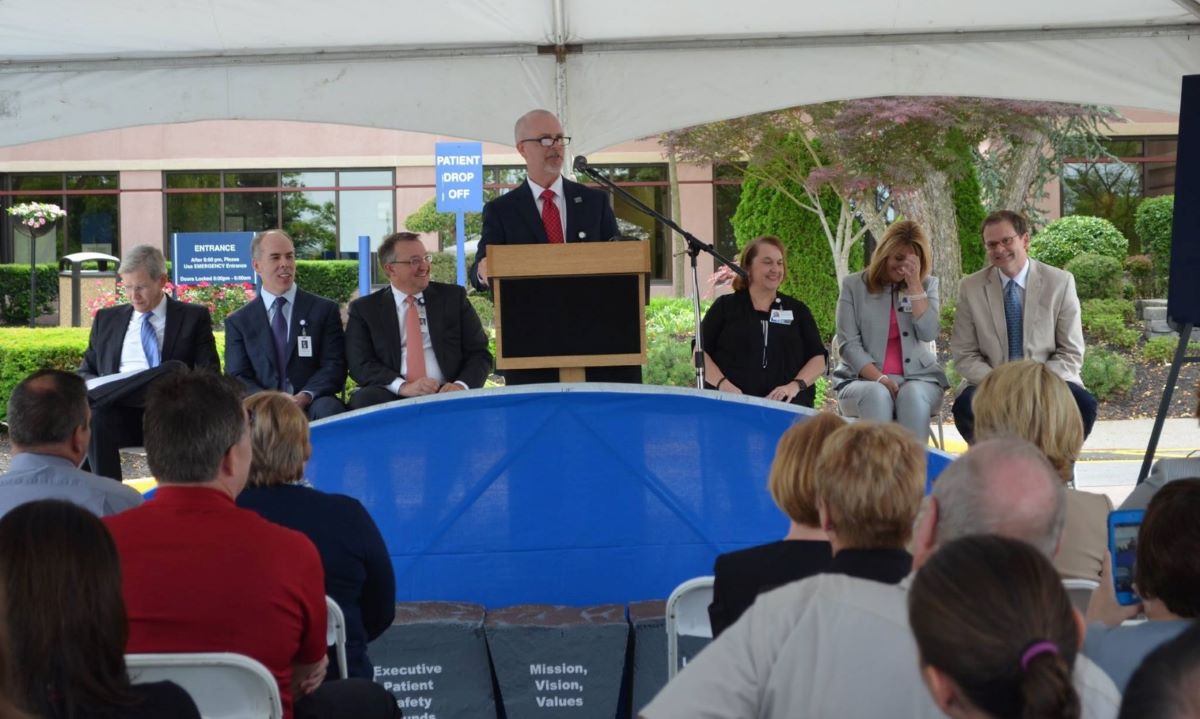
Taking Employees’ Mental Health into Consideration
As the Covid-19 hit hard, LifePoint was pushed to limits it has not ever seen in the past and every employee across the system was somehow impacted. These challenges further emphasized the need to take care of the employees. It brought to the forefront that without the healthy staff working every day, the company would not be able to support community needs.
LifePoint’s hospital leaders quickly realized that there’s an urge to support the staff’s resilience in real-time and on a long-term basis. To do this, the company had to develop more meaningful and innovative resources. With the goal to support employees and lessen as many stressors as possible, the way in which it delivered those mental health resources to its employees changed drastically.
“Unfortunately, there is not a playbook or a lot of training on how to manage employees through a pandemic. So, there was a lot of learning and adjusting, and redeploying along the way,” said Jennifer Burden who serves as assistant vice president, HR Talent Operations for LifePoint Health.
It’s no longer about the face-to-face interaction, it’s about the convenience for employees to log on and get the resources and support whether at home or at work. “Our approach started with listening to our hospital leaders and the needs that they identified for their staff. This allowed us to proactively implement a multifaceted CORE (Connecting Our Resources to Employees) crisis initiative,” Burden said.
At LifePoint, the CORE crisis initiative provides employees access to resources for support during the pandemic. Within that, there are elements including covid-19 sick pay, child and elder care stipends, lifecare disaster recovery fund, pay for employees on leave, gift card program, employee assistance program, leadership coaching, and leadership development portal.
We are going to discuss the four key ones out of those points, which Burden emphasized when it comes to how she and her team address the employees’ mental health.

#1. Employee Assistance Program
As LifePoint’s employees used to be very familiar with the assistance counseling support at the past normal time, then at the onset of the pandemic, the company had to think differently to take their support to another level. In doing so, it implemented a program called “Text Talk” that gave its employees 24/7 support from a mental health counselor through a texting application. The program also offers virtual counseling sessions in case the employees need further support. All of that actually allows quick, easy, and flexible resources for mental health support for the employees, in Burden’s opinion.
#2. Child/Elder Care Stipends
“We also heard loud and clear from our teams that parents were struggling tremendously with remote learning for their children,” said Burden. For that, the company partnered with a homework connect program, which allows parents and children to virtually connect with teachers to assist with homework support. Additionally, it offered financial resources to employees that were impacted by closures of childcare or eldercare facilities, which helped provide relief to the employees as well.
#3. Leadership Coaching
LifePoint recognized that its leaders needed an extra level of support just as much as the employees. As a result, it implemented a leadership development portal that provided articles, audiobooks, and podcasts on topics such as resiliency, balancing work from a home office, and leading a team during a difficult time. All these different classes and topics turned out to be very well received by our leadership teams.
These allowed the leaders to facilitate group discussions locally, not only to learn but to help support each other during these trying times. “We also partnered with an online coaching program, which was highly successful. This provided one-on-one support and mentorship to our leaders as they were trying to manage and lead through probably one of the toughest times in their careers,” she added.
#4. Lifecare Disaster Recovery Fund
According to Burden, one of the foundational resources the company has that aligns with its mission and culture is the LifeCare Disaster Recovery Fund, which is funded by an annual donation from the company as well as employee donations throughout the year. With this, any employee who is experiencing financial hardship from the pandemic or other unexpected challenges can apply to receive funding. The result was astounding with thousands of employees applying and millions of dollars funded, so Burden proudly said, “It really is about taking care of each other, and that is our culture.”
“The tools, resources, and education that we have put in place are the foundation of supporting our employees, but they are also the foundation to help lessen that stigma. When you start to use the tools, it becomes more acceptable, and it helps eliminate that negative stigma of mental health. We will continue to talk about the importance of healthy mental well-being, and we will continue to expand our resources to support it,” Burden stated.
The Bottom Lines
Since the Covid-19 pandemic would have a long-term impact on every healthcare system, then every healthcare system, in turn, has to have a longer-term strategy to deal with it. By making restless efforts, LifePoint leaders have guided their company through the darkest time. Along with that proven success, there are lessons valuable for the rest of the industry.




